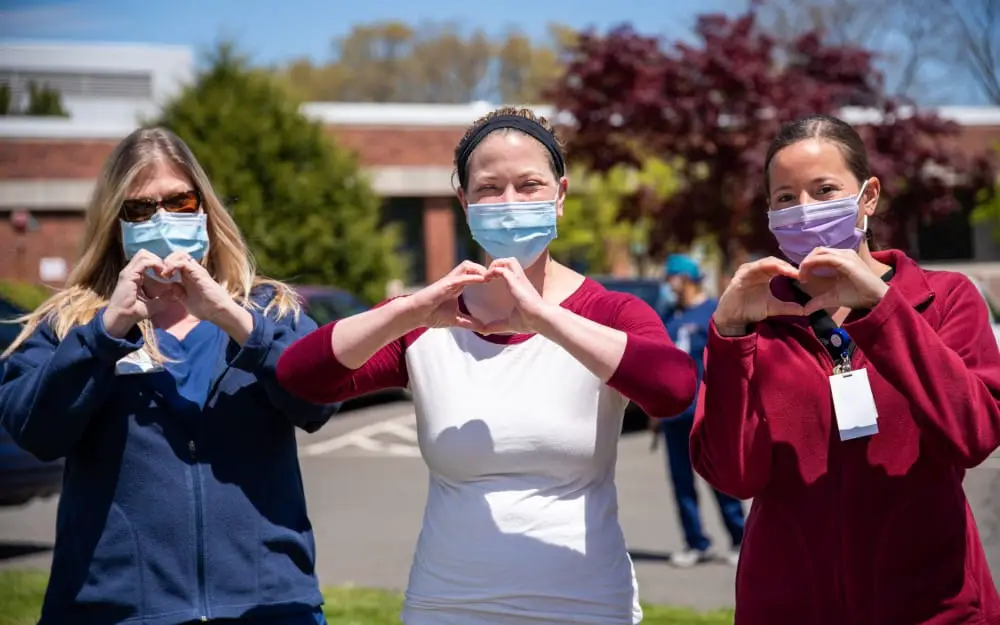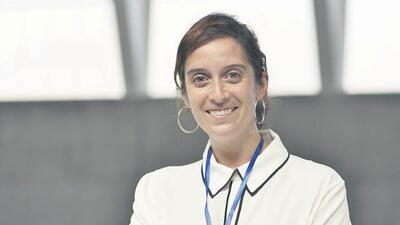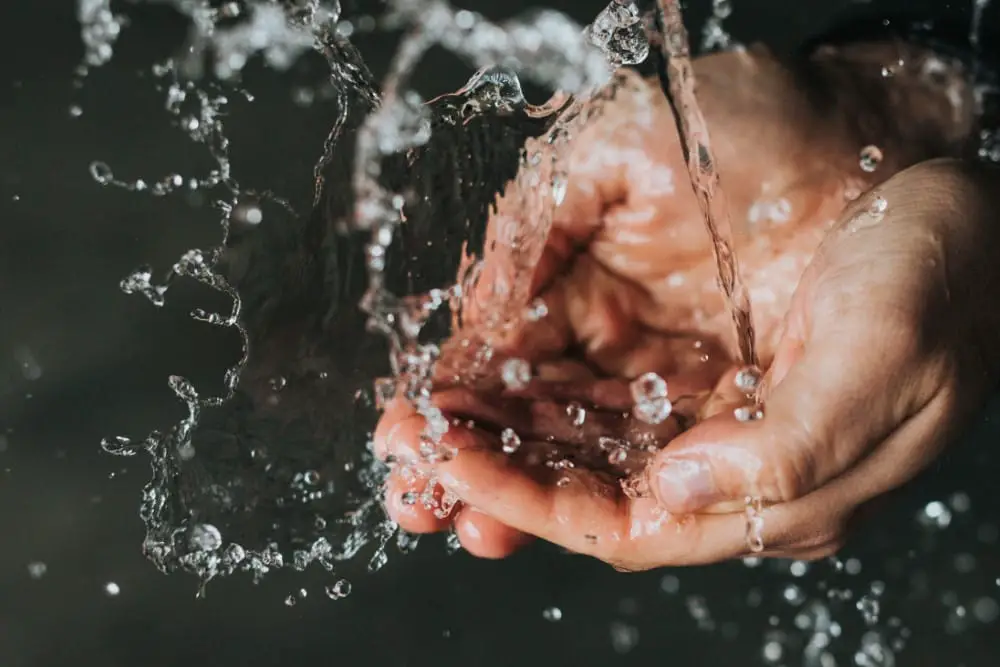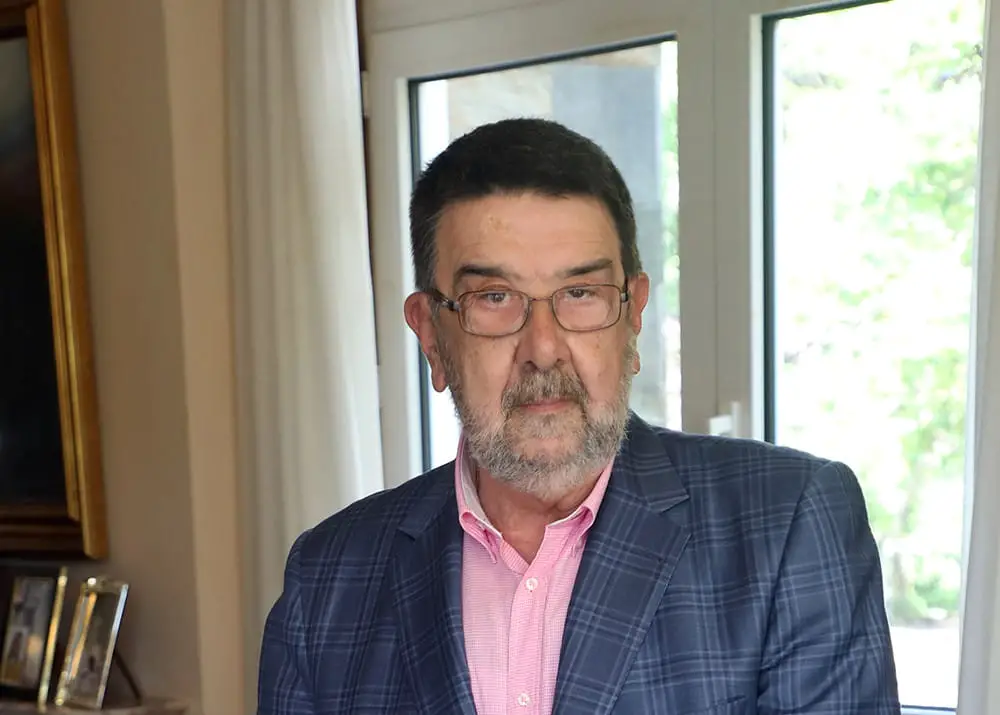
Since the beginning of the pandemic, many studies and protocols for the prevention of COVID-19 transmission have been carried out.
Today we take a look at the progress made in the study of COVID transmission in spas and spas.
The "Safe Tourism Certified" Seal
Created by the Spanish Tourism Quality Institute (ICTE), it is a seal that serves as a guarantee and certifies that a health risk prevention system has been implemented against COVID.
In order for companies to have this seal it is necessary that:
- An audit (certified companies such as Aenor, Bureau Veritas, etc.).
- An implementation of the seal except that it already has the Q Quality Mark.
The "Safe Tourism Certified" seal applied to health resorts
In May 2020, the Ministry of Industry, Trade and Tourism, through the Secretary of State for Tourism, commissioned the preparation of a specific protocol for spas in which a working group of the ICTE, the National Association of Spas (ANBAL), service companies, the Spanish Association of Occupational Prevention Services (AESPLA), PRLInnovation and the CCCOO and UGT unions collaborated.
It was thus adapted for spas:
- Hygienic-sanitary measures so that clients can live a gratifying experience with the assurance that a series of requirements are met (distancing, disinfection, use of masks, etc.).
- Creation of a risk management committee to determine the specific safety measures.
- Training of employees to comply with cleaning and disinfection measures, access and capacity control, etc.
In a more detailed way it is necessary that the thermal establishments need to comply with the following requirements:
- Increased cleaning and refresher frequencies and increased bacterial analysis.
- The reception will try to avoid crowds, disinfect the sales terminals, prioritize reservations and online payments to avoid contacts.
- The changing rooms and facilities will also have capacity control and clients will be provided with hydroalcoholic gel and drying paper.
- In the treatment areas, the aim is always to offer therapies with the lowest risk of contagion (no aerosols or nebulizers, for example). The materials and cabins will be constantly disinfected.
- In dry areas all equipment should be washable and easily disinfected.
- In wet areas, carpets and rugs should be removed.
- For the medical service, prior appointment, temperature control and distancing will be required.
- For accommodation and catering services, all UNE 0066-2 and UNE 066-5 specifications will be applied.
Source: https://www.mincotur.gob.es/es-es/COVID-19/turismo/GuiasSectorTurismo/Balnearios.pdf
Report on SARS-COV-2 Transmission in beaches and swimming pools (CSIC)
According to the Report on SARS-CoV-2 transmission in beaches and swimming pools published by the Consejo Superior de Investigaciones Científicas (CSIC) in May 2020 indicates that:
- In swimming pools: disinfectant agents are used to avoid microbial contamination of the water by the influx of users, so the disinfection present in the water is sufficient for the inactivation of COVID.
- In recreational activities: SARS-CoV-2 infection by contact with water of standard bathing conditions is very unlikely.
- Aerosols: Aerosols generated by water present in a spa or medical water facility will have the same disinfection characteristics as bathing water from these facilities, so infection is also very unlikely.
- Saunas and steam baths: In facilities that maintain high temperatures, as in the case of saunas and steam baths, due to the high temperature (> 60 ºC), the survival of the virus is reduced.
- In seawater: The dilution effect, as well as the presence of salt, are factors that contribute to a decrease in viral load and inactivation of viruses.
- In natural pools: The survival of SARS-CoV-2 in water from rivers, lakes, freshwater and untreated backwater pools may be higher than in swimming pools and salt water, and therefore precautionary measures should be taken to avoid crowding.
Source: https://www.csic.es/sites/default/files/informe_playasypiscinas_csic.pdf
Note: An update on the same subject was published in May 2021 and still shows no evidence of contagion in water and therefore in spas:
https://www.mscbs.gob.es/profesionales/saludPublica/ccayes/alertasActual/nCov/documentos/20210507_TRANSMISION.pdf
AQUAWELLNESS AITB Thermal Quality Standard 2020
Last year, the Iberoamerican Association of Wellness and Wellness, together with GALA Termal (Thermal Consultancy and Management) have presented a new Thermal Quality Standard AQUAWELLNESS.
The establishments with this seal commit themselves to comply with the following requirements:
- Hygienization
- A distinction is made between high and medium risk facilities and sanitation and maintenance processes are established for all of them in all the cycles of their use (from the source to their final destination) to guarantee their safe use.
- A routine of pool water analysis is established, measuring pH, residual disinfectant, turbidity, transparency and water temperature. In the case of indoor pools, the relative humidity, ambient temperature and CO2 are also measured. In addition, monthly microbiological analyses are carried out by approved and accredited laboratories.
- Hydrothermal centers must not only apply these processes, but must also demonstrate them and guarantee safe use of the facilities.
- In addition, the manual develops the procedures and actions in compliance with the recommendations made by the WHO.
General Criteria
- Capacity control in the reception, changing rooms, circuit area, cabins area. In the case of swimming pools, the ratio shall be 3 m2/pax in indoor pools and 2 m2/pax in outdoor pools, ensuring that the entrances are staggered.
- Disinfectant hydrogel dispenser, disposable tissues, trash can with pedal-operated lid and use of mask.
- Establish a mandatory appointment service both in the cabin area and in the circuit area, preferably by telephone or e-mail prior to the user's arrival at the reception desk.
- Inform users about the measures taken in the facilities and also use posters on hygienic measures.
Employee health and safety rules
Employees must follow the general regulations applicable to the prevention of COVID-19.
Circuit area - swimming pools
- Hyperchlorination with 50 mg/l of chlorine for 1 hour, 30 mg/l for 2 hours, 20 mg/l for 3 hours or 5 mg/l for 12 hours, with pH between 7 - 8.
- Chlorination system in pools above 1 mg/l, as well as filtration and recirculation of water from at least 1 hour before opening and during the entire pool opening period.
- Reduce the number of sun loungers in the circuit area so that the safety distance between them is complied with.
- Mandatory use of towels or bathrobes on all equipment (chairs, sun loungers, etc.) to avoid physical contact between customers and equipment, which must be disinfected periodically.
Booth area
- Avoid overlapping clients in the waiting area, passing them from one room to another if this area is occupied.
- Use disposable sheets, rugs, gloves, etc.
- Greater disinfection of utensils.
- In the wet stove rooms, respect the capacity (4 pax/ 10 m2) and the safety distance between users, and disinfect and ventilate well after each day.
Medical Service
- Control of the capacity of the waiting room, ensuring in any case the safety distance (prior appointment) or establishing methods of physical separation between clients.
- Use of masks and other appropriate means of protection.
- Checking the patient's body temperature
Source: Dr. Antonio Freire Magariños, Specialist in Medical Hydrology and Hydrotherapy, Director of Gala Termal, Medical Director of Balneario Augas Santas and Director of Balneario Rio Pambre.
https://galatermal.es/wp-content/uploads/2020/05/AFM-Implantaci%C3%B3n-sistemas-prevenci%C3%B3n-microbiologica-en-instalaciones-hidrotermales-2020-05.pdf https://galatermal.es/publicaciones/
ISO/PAS 5643 Standard (2021)
It should be noted that Spain was one of the first countries to present protocols in this field.
The International Organization for Standardization (ISO) has published this year a new global specification ISO/PAS 5643 Requirements and recommendations for the reduction of Covid-19 infection in the tourism industry, at a global level to further reduce the risk of coronavirus in the tourism sector.
The Spanish Association for Standardization (UNE) and the Spanish Institute for Tourism Quality (ICTE) participated in its development, with the support of the Secretary of State for Tourism of the Ministry of Industry, Trade and Tourism.
This new standard brings together requirements and recommendations to prevent SARS-CoV-2 coronavirus contagion in tourism organizations to protect both employees and resort users.
In January 2021, the European Commission asked the European Committee for Standardization (CEN) to draw up a European protocol on health and hygiene to deal with COVID-19 in the tourism sector. It was then decided to adopt this international specification through the CEN Workshop Agreement standard document (CWA 5643 Part 1 Tourism and related services - Requirements and recommendations for the reduction of Covid-19 infection in the tourism industry (ISO PAS 5643)).
Here you can consult the full text which includes standards for accommodation, recreational diving, ski areas, theme and leisure parks, adventure and ecotourism, beaches, catering services, golf, spas, MICE tourism, tourist transport, museums and heritage sites, protected natural areas, nightlife, tour guides, sightseeing tours, tourist information offices, travel agencies, unique public spaces, marinas and nautical activities.
Conclusion
As already concluded in a previous article "Going to spas and spas in times of coronavirus", the possibilities of contagion always exist, however, after a year of development of prevention and safety protocols, both by the official agencies, as well as by the specific organizations of the sector and now international entities, we can see that the rate of contagion in these centers has been extremely low. To put it another way, the chances of becoming infected, following the usual safety measures, the chances of contagion can be the same as in any other place.






